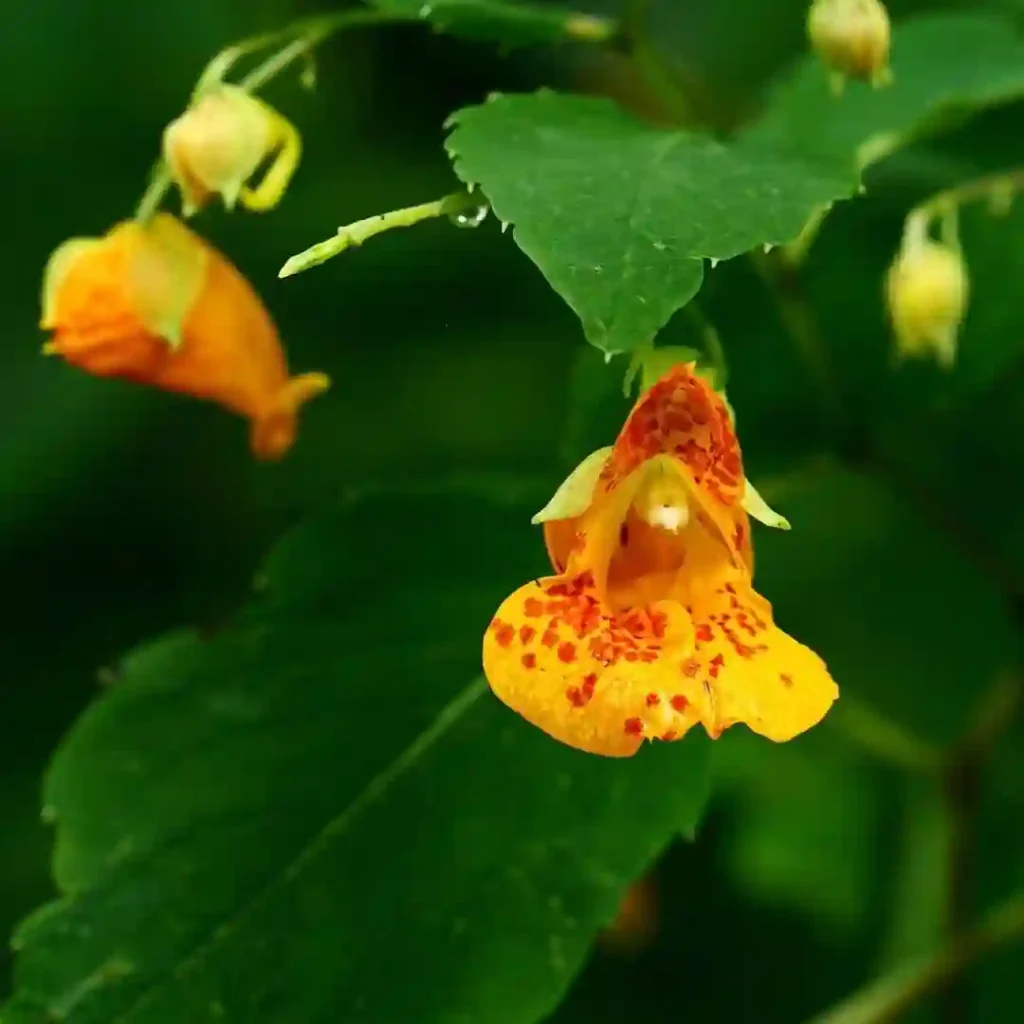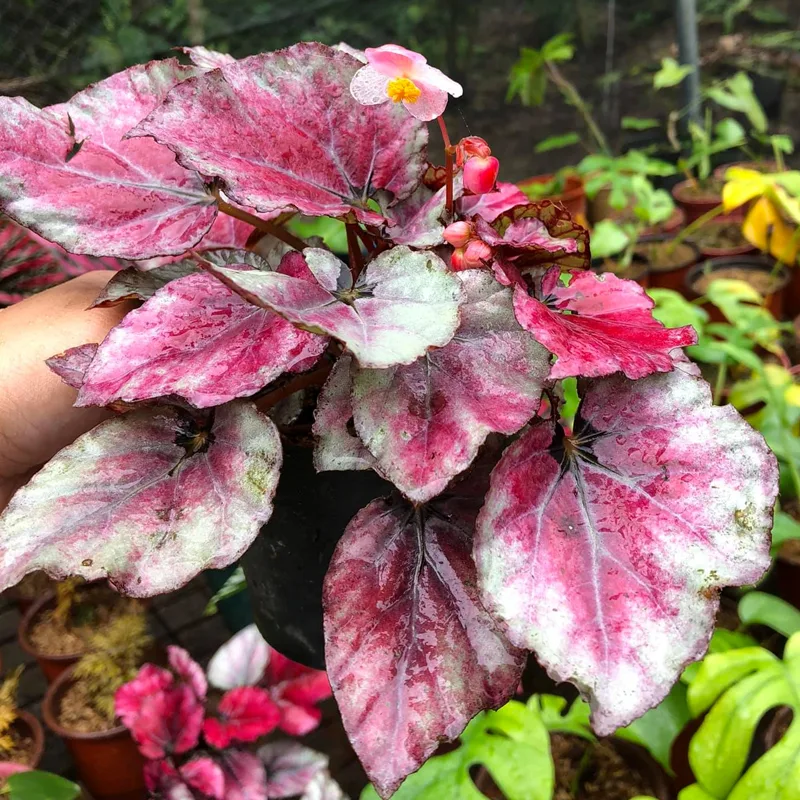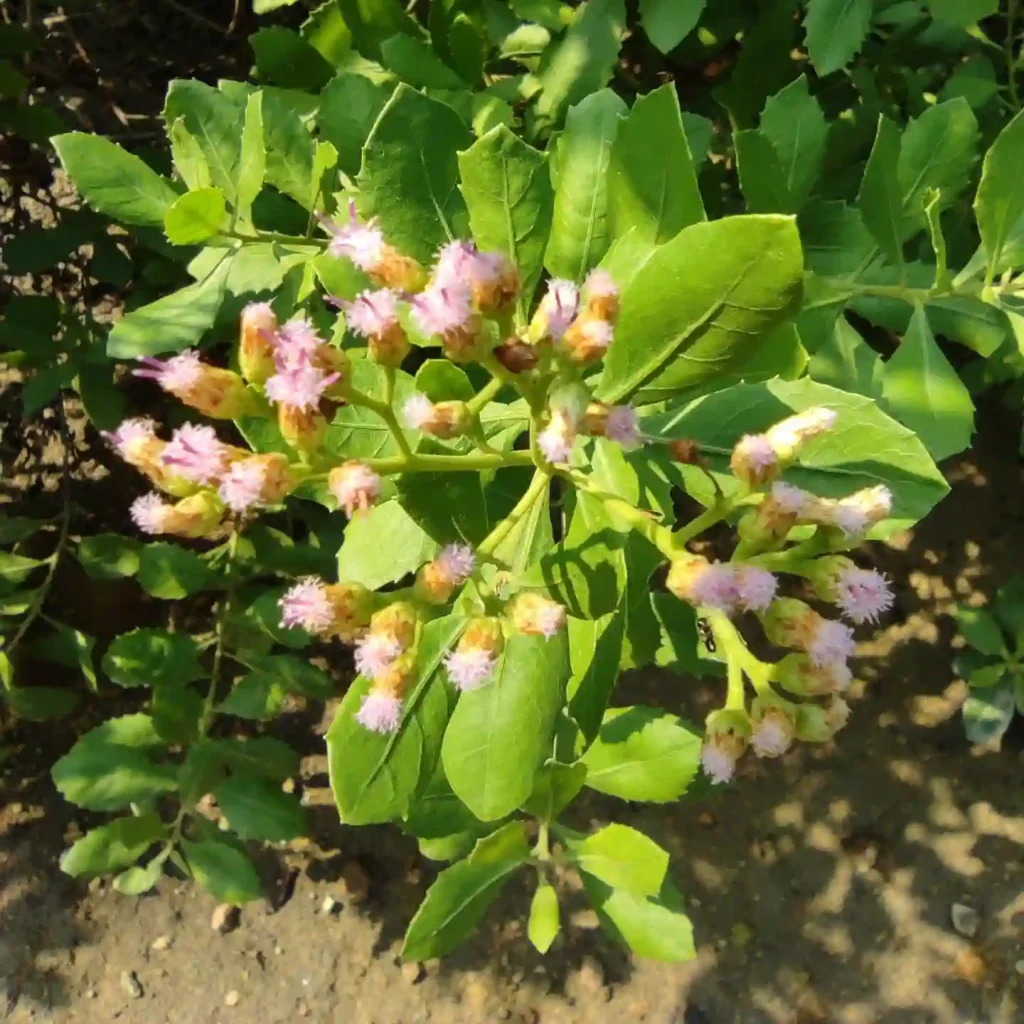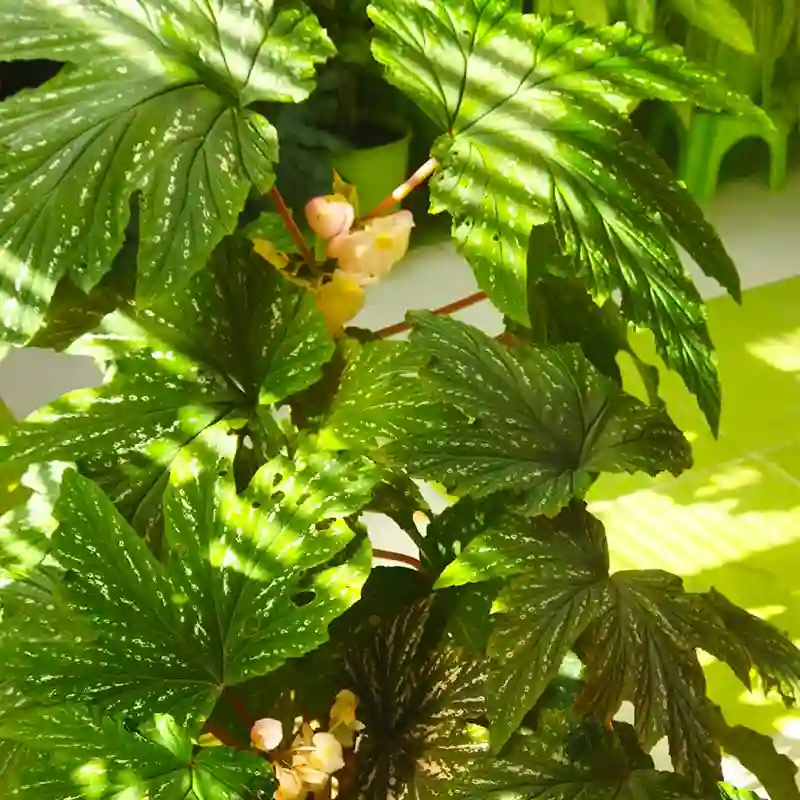The Allure of the Pink Panther: My Adventures with a Vibrant Houseplant
My apartment balcony boasts a collection of leafy companions, each with its own quirks and charm. But lately, the spotlight has been stolen by the dazzling Tradescantia Pink Panther. This tropical beauty isn’t your average houseplant. Its cascading vines are adorned with a captivating mix of pink, green, and white variegation, adding a pop of color that never fails to brighten my day.
For anyone seeking a low-maintenance houseplant with a playful personality, the Pink Panther is a dream come true. But before you rush out and snag one for yourself, let’s delve into the world of this captivating plant.
86 Species in Genus Tradescantia
What is Tradescantia Pink Panther?
The Tradescantia Pink Panther, also known as Pink Lady or Pink Bubble, belongs to the spiderwort family and hails from the lush rainforests of Central and South America. This heritage translates into a love for warm, humid environments. Its trailing vines, dotted with these vibrantly colored leaves, can reach up to 2 feet in length, making it a perfect candidate for hanging baskets or shelves.
How to Care for Tradescantia Pink Panther?
The Pink Panther thrives on neglect (well, almost). Here’s the lowdown on keeping your Pink Panther happy and thriving:
- Light: This tropical beauty prefers bright, indirect sunlight. Direct sun can scorch the delicate leaves, so avoid placing it in south-facing windows.
- Water: Aim for evenly moist soil, but avoid soggy conditions. Water deeply when the top inch of soil feels dry to the touch. During cooler months, you can reduce watering frequency.
- Soil: A well-draining potting mix is crucial. Opt for a mixture containing peat moss, perlite, and vermiculite to ensure proper drainage and aeration.
- Temperature: The Pink Panther appreciates warmth, ideally between 60-85°F (15-29°C). Protect it from cold drafts and sudden temperature fluctuations.
- Humidity: While it tolerates average room humidity, providing extra moisture with a humidifier or pebble tray filled with water can promote healthy growth.
- Fertilizer: This isn’t a heavy feeder. A light application of balanced fertilizer once a month during the growing season (spring and summer) is sufficient.
How to keep Pink Panther Pink?
The vibrant pink variegation in the leaves is the result of good lighting. If your Pink Panther starts losing its pink hues, it likely needs more indirect sunlight.
Pruning and Propagation: A Match Made in Pink
Regular pruning encourages bushier growth and keeps your Pink Panther looking its best. Simply snip off leggy stems or pinch back trailing vines to promote branching. The good news? These cuttings can be easily propagated to create new Pink Panther babies!
Here’s how:
- Take stem cuttings with at least two nodes (leaf junctions).
- Remove the lower leaves and dip the cut end in rooting hormone (optional).
- Place the cuttings in a pot filled with a well-draining potting mix.
- Keep the soil moist and provide bright, indirect light.
- Roots should develop within a few weeks.
Is Tradescantia Pink Panther Toxic to Cats?
Unfortunately, the answer is yes. The Tradescantia Pink Panther, like many other houseplants, contains mild toxins that can cause stomach upset in curious felines. If you have a furry friend at home, consider placing your Pink Panther on a high shelf or in a location inaccessible to them.
Tradescantia Pink Panther vs Bianca
Tradescantia Pink Panther and Callisia Repens Bianca can be distinguished by their leaf patterns, as Pink Panther showcases pink stripes on green leaves, whereas Bianca features white stripes on green leaves.
Tradescantia Pink Panther vs Pink Lady
I found Tradescantia Pink Panther’s variegation strikingly vibrant, almost like painted strokes across each leaf, whereas Pink Lady’s hues were softer, blending into a gentle pastel that felt more soothing in my living space.
The Pink Panther has become a cherished member of my plant family. Its vibrant foliage and cascading vines add a touch of the tropics to my urban jungle. With a little TLC, this low-maintenance beauty can bring a burst of color and life to your home as well. So, are you ready to embark on your own Pink Panther adventure?
If i die, water my plants!



